
Adam B
gamer level 2
641 xp
641 xp
followers
9
9
Use my invite URL to register (this will give me kudos)
https://boardgaming.com/register/?invited_by=blinks
profile badges
...
...
...
...
recent achievements

Rated 50 Games
Rate 50 games you have played.
Rate 50 games you have played.

Critic - Level 2
Earn Critic XP to level up by completing Critic Quests!
Earn Critic XP to level up by completing Critic Quests!

I Got What I Wanted
Add a game to your Owned list that was previously in your Wish list.
Add a game to your Owned list that was previously in your Wish list.

Novice Grader
Grade 20 more reviews or tips by clicking "Yes" or "No" in response to the question "Was this helpful?"
Grade 20 more reviews or tips by clicking "Yes" or "No" in response to the question "Was this helpful?"
Player Stats
Critic (lvl 2)
335 xp
335 xp
Explorer (lvl 0)
76 xp
76 xp
Professor (lvl 0)
80 xp
80 xp
Reporter (lvl 0)
51 xp
51 xp
About Me
DJ on the holodeck.
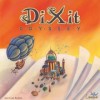









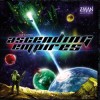















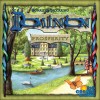





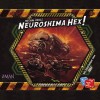













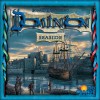








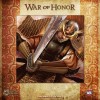













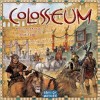

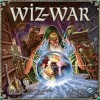



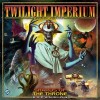
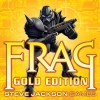





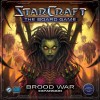






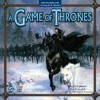








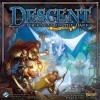

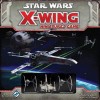










Dominion
Two to four players, plays well with any number.
Half-an-hour to play with experience.
Dominion is a modern classic. Easy to explain, elegant mechanics, and practically infinite replay value make it the game to play with two to four.
The mechanic here is a draft. Each turn you have one action and one “buy,” which you use to add a card to your deck. Treasure cards in your hand (copper for 1, silver 2, gold 3) limit your purchase, but you can increase your income by acquiring more treasure.
Your goal: have the most VPs at the end of the game. However, VP cards generally just sit in your deck wasting space otherwise: they aren’t usually actions, and they don’t generally have a treasure value, so they’re a dead draw. This provides the main source of tension in the game.
The game ends when either three piles are gone (you start with ten randomly assorted piles of ten, three victory point piles, three treasure piles, and a curse pile), or when the Province pile is empty (the most efficient VP card). As the clock ticks down towards the end, you need to determine when to shift into acquiring VP cards — too early, and you’ve got a bunch of dead hands. Too late, and you don’t have enough to pull out the win.
Dominion isn’t a CCG. While it shares some aspects (especially that of multiple expansions and customizable “decks”), it’s much more like Fantasy Flight’s new line of “Living Card Games,” where the purchase of a set gives you all the cards in it. This means that it avoids being a temptation of a money sink (because buying duplicates of a set makes no sense), but still can release loads of expansions.
You start with seven copper and three estates. This hammers home the “VPs are worthless ’til the end” point right at the beginning of the game. Gold costs six, and since you start with copper (only worth one), no actions, and draw a hand of five, you won’t be able to purchase gold until the third turn (two turns and a shuffle to get new cards into your deck). These combine to make the opening of Dominion an interesting affair: deciding what deck to build with the cards available, how to defend against any potential attack cards, how fast the game will move in general, and so forth.
Dominion’s story arc is actually very well-defined. The opening pulls your deck in a particular direction, and gives you a chance to see what other people will be going for. The midgame either sees your deck increase to the point where you can actually shuffle it, or decrease (with cards like the Chapel) to an efficient purchasing machine. The endgame has everyone rushing for VPs in their own deck-specific way.
The interaction in Dominion is limited, but fun. The main form of interaction is indirect: Will my opponent take the last Village? How fast is that deck going to move? Do I need to shift my own into VP gear? The other form of interaction is the “Attack” card type. These generally touch all your opponents, with the Bureaucrat forcing them to discard and waste a draw, the Thief giving you your opponents’ treasures, and the Witch giving your opponents negative VPs.
The base game is simple. Low-key and easy to understand most strategies, it’s a good introduction to the game. While you can randomly determine a set of ten cards to use in your game, it comes with several predetermined sets you should probably use for your first few games. After these, you can shuffle the 25 cards in the base game for 3,268,760 different combinations (25 choose 10).
Dominion’s a great light game, better with expansions (Seaside is my favorite so far). My wife brought it out of the closet just last week after the game churn in our household pushed it out of my working memory. It hasn’t gotten put back yet.